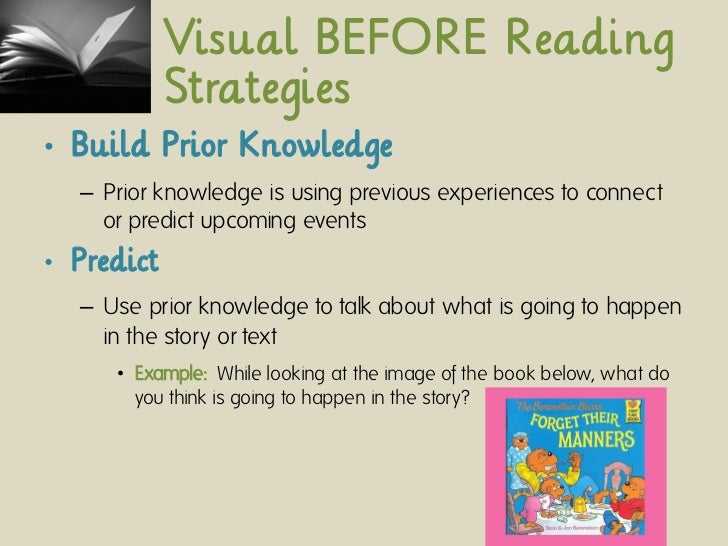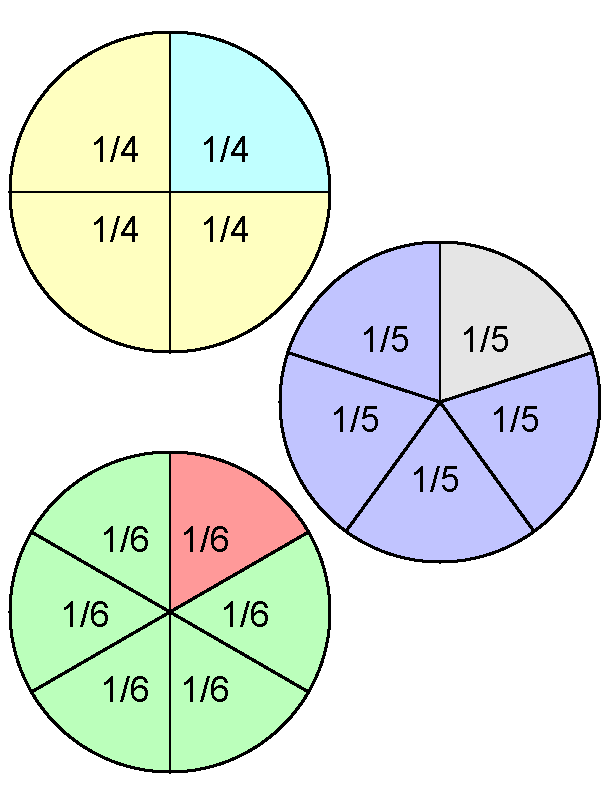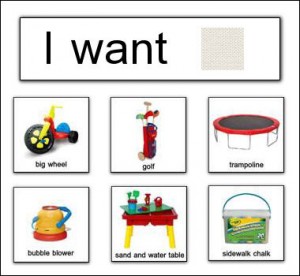Plain and Simple Truths is a practical teaching resource that consists of simple hands-on activities that are used to teach religious ideas. It's like Cub Scout science meets Religion 101. The flexible lesson plans also include links to additional resources such as LDS General Conference talks and videos. This resource can be used for Family Home Evening, the new youth curriculum, Sunday School, Priesthood classes, and Relief Society lessons. It's also appropriate for those with cognitive disabilities.
Looking for bloggers who would be willing to review the book, post launch information (including a contest), or do an author interview from February 9-28. Email me at ldparsons60@gmail.com with your blog address for more information!

























